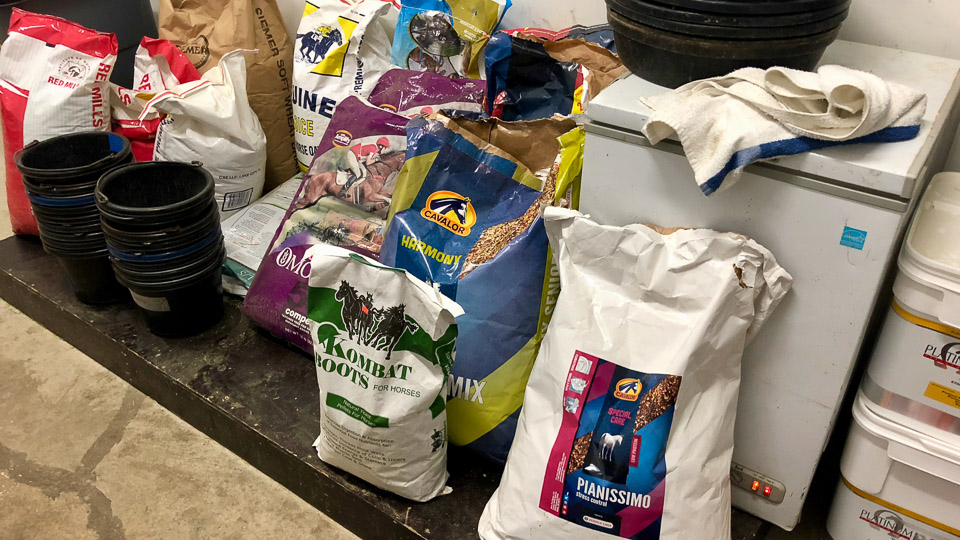
Horse Nutrition – Concentrate Feeds
Concentrate rations are the opposite of forage for horses. They developed a while ago when people moved from the country farms to the industrialized cities. In order to feed these people, horses worked more to harvest more food for the increasing demand. Less farmers had to do more with their horses which caused weight loss in the horses because 1) increased work and 2) decreased pasture time. The solution was to feed them more sugar (glucose) in the form of grain (starch).
**CONTINUED IN ARTICLE TAB**
Related material – Sometimes I have a lot of material here that I have written, podcasted, video blogs and other things. They will be listed in this tab.
Use the browser back button or menu to return to the index of topics.
⬇︎ CLICK ANY IMAGE BELOW TO REVEAL MORE INFORMATION ⬇︎
Concentrate rations are the opposite of forage for horses. They developed a while ago when people moved from the country farms to the industrialized cities. In order to feed these people, horses worked more to harvest more food for the increasing demand. Less farmers had to do more with their horses which caused weight loss in the horses because 1) increased work and 2) decreased pasture time. The solution was to feed them more sugar (glucose) in the form of grain (starch).
Additional glucose in the diet is immediately used to restore the glycogen supplies in the muscles and liver that the working horses were depleting. This prevented the loss of body fat and maintained the athletic performance as the muscle protein was not consumed. This is why and when feeding concentrated rations became popular. They “concentrated” the energy found in the forage into a meal that would restore the lost glycogen.
There is no reason to be feeding concentrated rations if your horse is not plowing fields for 6 to 8 hours a day or pulling a wagon load of heavy freight to town 3 times a day.
This is an old video of me explaining what grain is.
And why I think grain is a supplement – though now I believe it is inflammatory in most horses.
Blogs:
- Why Horses Should Not Be Fed Grain
- What Is The Cause Of EOTRH In Horses?
- GMO, Pesticides and Fertilizers – Decomplexicating Equine Nutrition Part 9 of 12
- Weed Killer In My Beer And Wine
- Honesty – A True Story
- Cheating On The No Grain Diet
The Horsemanship Nutrition Course – included in the membership.


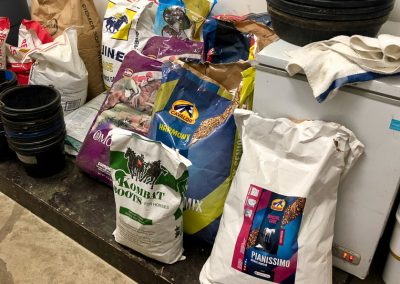
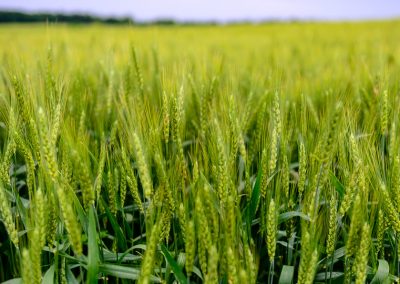
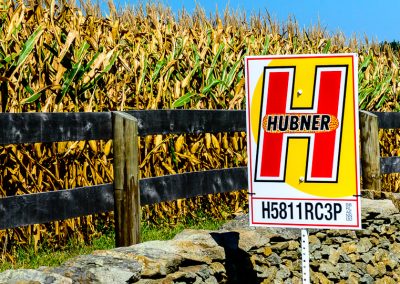
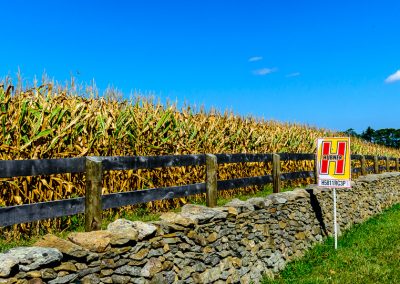
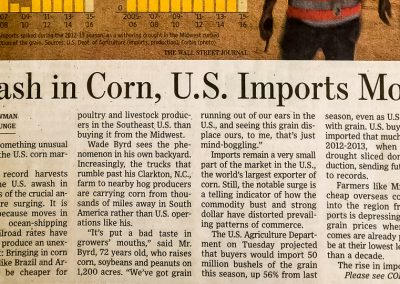

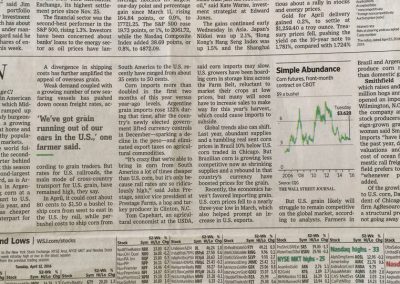
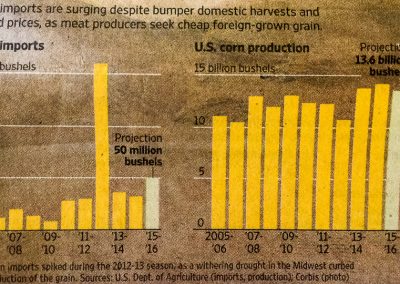

I live on the west coast of Fl. I have been feeding free choice orchard/alfalfa mixed hay since I acquired my horse, April 1, 2017, along with 1 1/2 pounds of a mixture of alfalfa and timothy pellets per day. I just purchased a pail of Progressive Nutrition’s Top Line Extreme. The label says to add it slowly to the feed. I have done this and my horse will not touch her pellets if there is any of the Top Line Extreme in with them. Is there anything I can do to make this more tasty for her? This supplement cost me about $150 and I hate to not have her eat it! Also, should I be adding some kind of vitamin/mineral supplement to her diet? Thank you for your help.
Martha